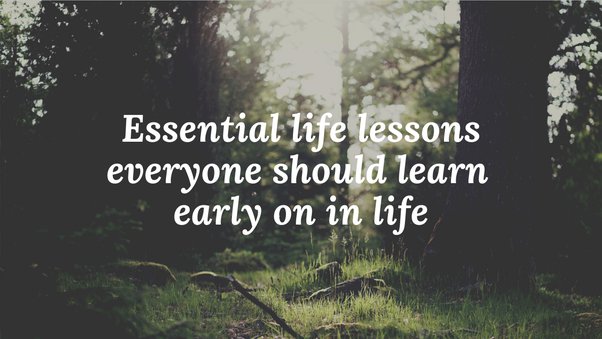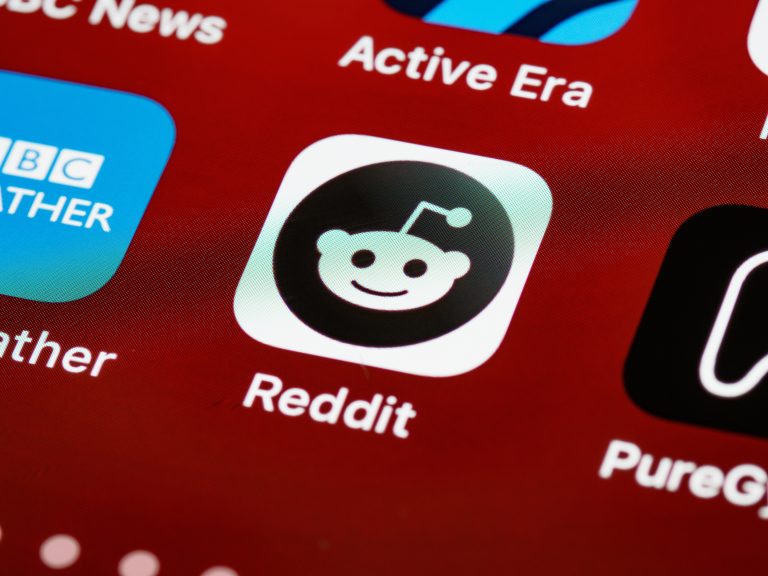5 Real Tips for Mastering LinkedIn
LinkedIn is a professional networking platform that allows you to connect with other professionals, find job opportunities, and showcase your skills and expertise. It is an important tool for professionals of all industries and levels, as it provides a way to build and maintain professional relationships, find and be found for job opportunities, and stay up-to-date on industry news and trends.
LinkedIn is also a valuable resource for job seekers, as it provides access to a vast network of potential employers, recruiters, and job openings. By creating a comprehensive and up-to-date LinkedIn profile, you can increase your visibility to potential employers and showcase your skills and accomplishments.
Additionally, LinkedIn is a great platform for professionals to stay connected with their industry and learn about new opportunities and trends. By joining LinkedIn groups and following industry influencers and companies, you can stay informed about the latest developments in your field and position yourself for career advancement.
In short, LinkedIn is an essential tool for professionals looking to build and maintain their professional network, find job opportunities, and stay connected with their industry.
Top 5 Tips for Mastering LinkedIn
Here are Top 5 Tips for Mastering LinkedIn
1. Optimize Your profile
Your LinkedIn profile is like your online resume, and it’s the first thing that potential employers, clients, and connections will see when they search for you. To make the most of LinkedIn, you need to make sure that your profile is complete and up-to-date, and that it accurately reflects your professional identity and accomplishments.
Here are a few tips to help you optimize your LinkedIn profile:
- Use a professional headshot as your profile picture. Your headshot should be a clear, well-lit, and high-resolution image that shows you at your best. Avoid using selfies or group photos, and make sure that your headshot is appropriate for a professional setting.
- Write a compelling headline. Your headline is the tagline that appears underneath your name on your profile. And it’s your chance to grab people’s attention and give them a reason to click on your profile. Use keywords that describe your expertise and industry, and consider including your current job title or the type of work you do.
- Fill out your summary. Your summary is a brief overview of your professional background and accomplishments, and it’s an opportunity to showcase your personality and unique value proposition. Use this section to highlight your skills, experience, and achievements, and to explain why you’re the best person for the job or opportunity.
- Add media to your profile. LinkedIn allows you to add media such as articles, presentations, and videos to your profile, which can help you stand out and showcase your expertise. Consider adding media that demonstrates your knowledge and skills, and that showcases your work or accomplishments.
- Get recommendations and endorsements. Recommendations and endorsements from colleagues, clients, and supervisors can add credibility and value to your profile. They can help you stand out in a crowded job market. Consider reaching out to your network and asking for recommendations and endorsements for specific skills or areas of expertise.
2. Build Your Network
LinkedIn is all about connections, and the more connections you have, the more opportunities you’ll have to connect with potential employers, clients, and partners. To build your LinkedIn network, you need to actively seek out and engage with other professionals in your industry.
Here are a few tips to help you build your LinkedIn network:
- Connect with people you know. The easiest way to start building your LinkedIn network is to connect with people you already know, such as colleagues, classmates, friends, and family members. These connections can help you get your foot in the door and introduce you to other professionals in your industry.
- Join LinkedIn groups. LinkedIn has a wide range of groups that cover a variety of industries, interests, and topics. Joining groups can help you connect with other professionals in your field, and can provide you with valuable insights and information.
- Participate in LinkedIn discussions. LinkedIn has a feature called “Answers” that allows you to ask and answer questions related to your industry or expertise. Participating in discussions can help you demonstrate your knowledge and build your reputation as an expert in your field.
- Use LinkedIn’s search tools. LinkedIn has a powerful search feature that allows you to find and connect with other professionals based on keywords, industries, locations, and other criteria. Use this feature to find people in your industry or profession, and consider reaching out to them with a personalized message.
3. Create and Share Valuable Content
To create and share valuable content on LinkedIn, consider the following tips:
- Identify your target audience: Who are you trying to reach with your content? Understanding your audience will help you create content that is relevant and valuable to them.
- Choose a topic that is relevant and interesting to your audience: Consider what your audience cares about and what questions they might have. This will help you create content that resonates with them.
- Use visuals to enhance your content: Adding images, videos, or other types of media can help make your content more engaging and visually appealing.
- Keep your content organized and easy to read: Use headings, bullet points, and other formatting tools to make your content easy to scan and understand.
- Engage with your audience: Encourage your audience to comment, share, and interact with your content. This will help build a community around your content and increase its reach.
- Promote your content: Share your content on your LinkedIn profile, in relevant LinkedIn groups, and on other social media platforms to increase its visibility.
By following these tips, you can create and share valuable content on LinkedIn that resonates with your audience and helps to build your personal brand.
Read More: What is Social Media Marketing?
4. Lean on your business page
One LinkedIn tip you might find helpful is to lean on your business page to help you create and share valuable content. Here’s how you can do this:
- Use your business page to share company updates and news: Your business page is a great place to share updates about your company, such as new products, services, or events. This can help you keep your audience informed and engaged.
- Utilize your business page to promote your products and services: Your business page is also a great place to promote your products and services. You can use it to share information about what you offer and how it can help your audience.
- Use your business page to share industry-related content: In addition to sharing company-specific content, you can also use your business page to share industry-related content that your audience might find valuable. This can help you establish your company as a thought leader and build credibility.
By leaning on your business page to help you create and share valuable content, you can increase your visibility, engage with your audience, and build credibility for your company on LinkedIn.
5. Establish a business routine
To effectively create and share valuable content on LinkedIn, it can be helpful to establish a business routine. Here are some tips for doing so:
- Set aside dedicated time for content creation: Determine how much time you want to spend creating content each week and schedule it in your calendar. This will help you stay consistent and ensure that you have the time you need to create high-quality content.
- Use a content calendar: A content calendar can help you plan out your content in advance and ensure that you have a consistent flow of content. You can use a spreadsheet or a content calendar tool to plan out your content and schedule it for posting.
- Experiment with different types of content: Try out different types of content, such as articles, videos, or infographics, to see what works best for your audience. This will help you find the right mix of content to keep your audience engaged.
- Analyze and adjust your content strategy: Use LinkedIn’s analytics tools to track the performance of your content and see what works and what doesn’t. Use this information to adjust your content strategy and optimize your content for success.
By establishing a business routine for creating and sharing content on LinkedIn, you can stay consistent and effective in your content marketing efforts.


Hi, this is Javed Aslam. I hope all is well on your end.
I am a professional content writer and copywriter with more than four years of experience. During these years, I have worked with multiple clients and organizations I made the projects successful. If you are looking for content writing and copywriting services, contact me. Thanks.








LinkedIn is the great platform to built your personal brand. Thank you so much for explaining well, Javed.